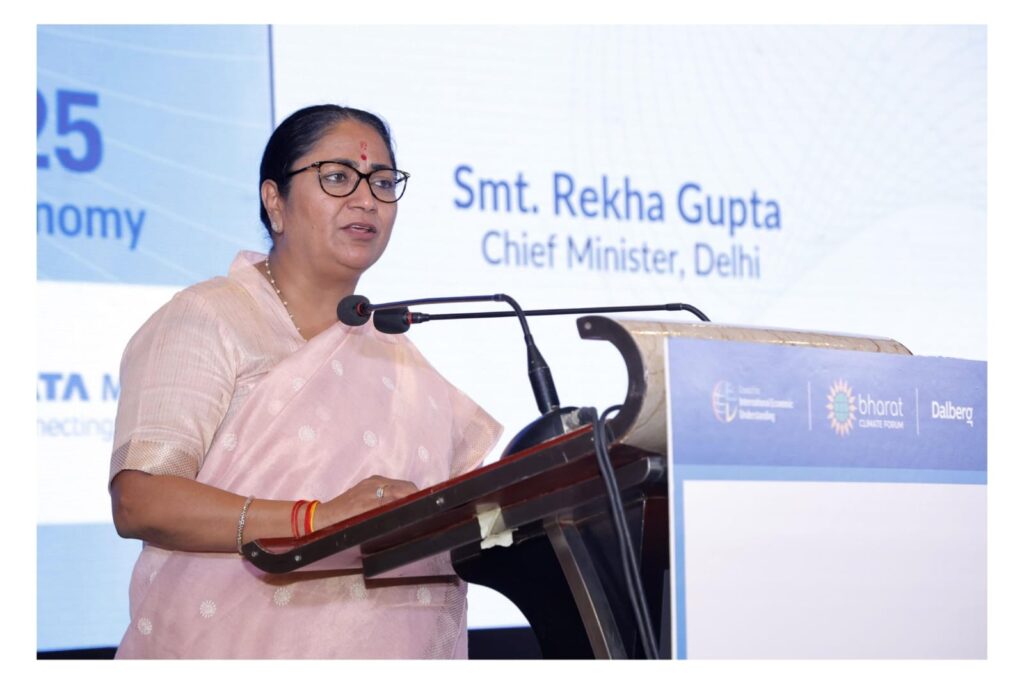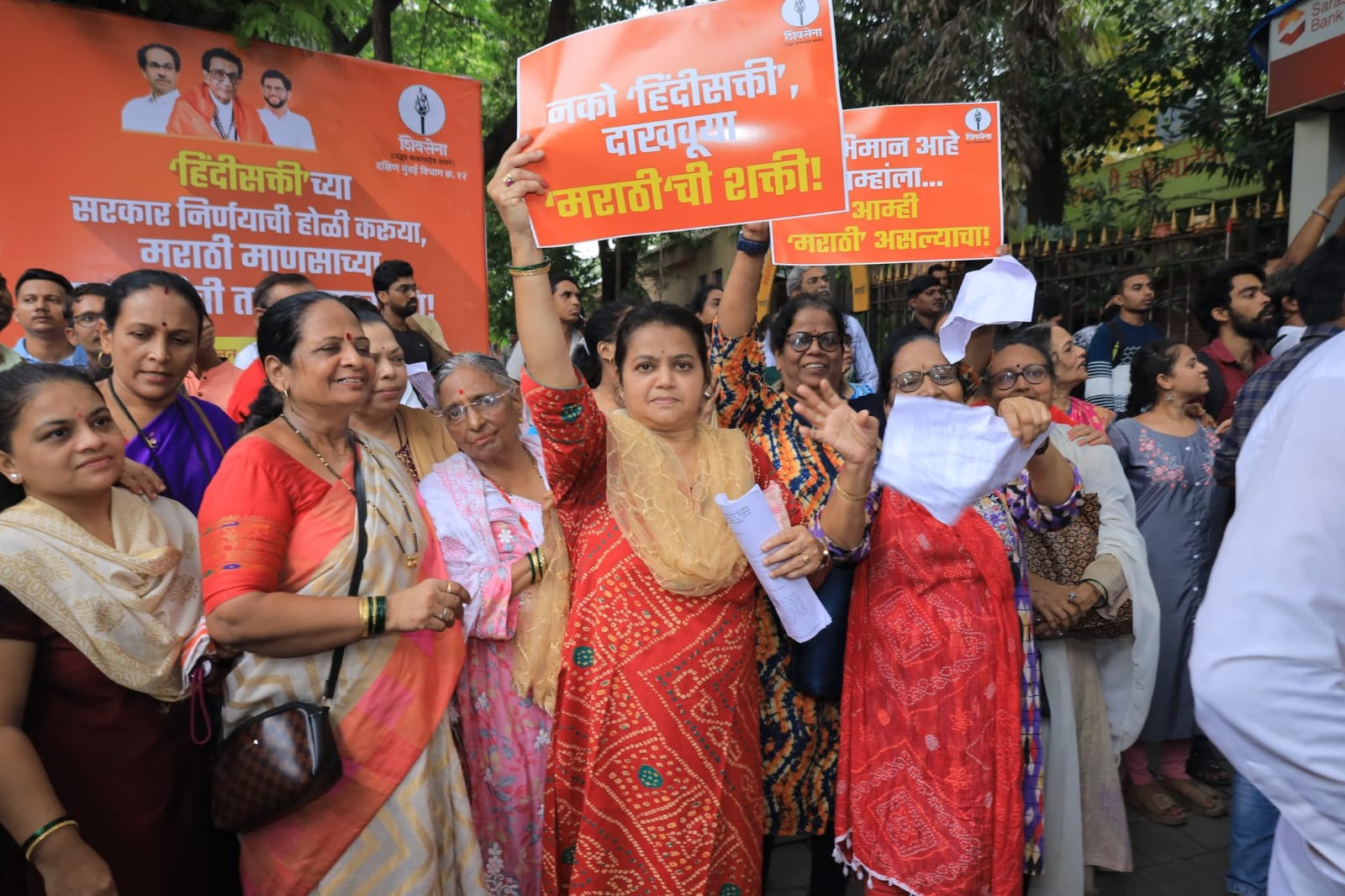June 4,2025
On 3 June 2025 ,In a bold move to combat Delhi’s persistent air pollution crisis, the Delhi government has introduced stringent policies targeting commercial vehicles, with a focus on transitioning to cleaner, more sustainable transport options. Announced as part of the Delhi Electric Vehicle (EV) Policy 2.0 and complemented by additional regulations effective from November 1, 2025, these measures aim to significantly reduce vehicular emissions in the National Capital Territory (NCT).
The cornerstone of the Delhi government’s strategy is the aggressive push towards electrification. Under the draft EV Policy 2.0, the registration of new petrol, diesel, and compressed natural gas (CNG) three-wheeler goods carriers and auto-rickshaws will be banned starting August 15, 2025. Additionally, permits for existing CNG auto-rickshaws will not be renewed after this date, with a mandate to convert them to electric alternatives or replace them entirely. The policy extends to two-wheelers, with a proposed ban on new petrol, diesel, and CNG two-wheeler registrations from August 15, 2026.
Mandatory Transition to Electric Vehicles: The policy mandates a phased transition to electric vehicles (EVs) for various categories of commercial vehicles:
- Auto-rickshaws and Three-Wheelers: CNG auto-rickshaws over ten years old must be retrofitted with batteries or replaced with electric models during the policy period.
- Garbage Collection and Utility Vehicles: All garbage trucks and solid waste carriers operated or leased by the Municipal Corporation of Delhi, New Delhi Municipal Council, and Delhi Jal Board are required to transition to electric by December 31, 2027.
- Public Transport Buses: The Delhi Transport Corporation (DTC) and Delhi Integrated Multi-Modal Transit System (DIMTS) are tasked with fully transitioning intra-city bus fleets to electric, with a target of procuring 11,000 buses, including 8,000 e-buses, by 2026.
- Light Commercial Vehicles (LCVs) and Taxis: The policy emphasizes fleet electrification for commercial transport, including taxis and LCVs, with purchase incentives offered to encourage adoption.
Starting November 1, 2025, only commercial vehicles meeting Bharat Stage VI (BS-VI) emission standards, CNG, or electric specifications will be permitted to enter Delhi from outside the city. To enforce this, the government plans to install Automatic Number Plate Recognition (ANPR) cameras at entry points and petrol pumps to identify and restrict non-compliant vehicles. This measure builds on existing restrictions under the Graded Response Action Plan (GRAP), which already bans BS-III petrol and BS-IV diesel vehicles during high pollution periods.
Delhi has long enforced a policy prohibiting diesel vehicles older than 10 years and petrol vehicles older than 15 years from operating on its roads, with violators facing impoundment and scrapping. From April 1, 2025, fuel stations will deny service to such overage vehicles, with AI-enabled cameras and a special task force ensuring compliance. Owners of these vehicles can obtain a No-Objection Certificate (NOC) to register them outside Delhi or opt for scrapping, with a subsidy of up to ₹50,000 offered on the road tax for a new vehicle purchase.
To support the transition to EVs, the government is prioritizing the expansion of charging infrastructure. As of now, Delhi has 1,919 charging stations and 232 battery swap stations, with plans to significantly increase these numbers. Fast-charging corridors along major roads like the Ring Road and Outer Ring Road are proposed, and new buildings and public spaces will be mandated to include charging facilities. Funding for these initiatives will come from green levies, pollution cess, and aggregator license fees. The overarching goal of these policies is to improve Delhi’s air quality, which has consistently ranked among the worst globally. The EV Policy 2.0 sets an ambitious target of achieving 95% electric vehicle penetration in new vehicle registrations by 2027 and 98% by 2030. This builds on the earlier EV policy, which aimed for 25% EV registrations by 2024 but achieved only 13-14%. The government views electrification as a critical step towards reducing the carbon footprint of Delhi’s transport sector, which is a significant contributor to the city’s toxic air.

Delhi Chief Minister Rekha Gupta emphasized, “Together, we can deal with the big problem of pollution in Delhi,” highlighting the government’s commitment to a cleaner future.
The policy has raised alarm among manufacturers of internal combustion engine (ICE) vehicles, especially two-wheeler giants like Hero and Bajaj, whose popular models like the Hero Splendor and Bajaj Freedom will no longer be sold in Delhi post-2026. The shift to EVs will require innovation in product design and business models to remain competitive.
For Delhi’s residents, the policy promises cleaner air and a more sustainable public transport system. However, the ban on fossil fuel two-wheelers and restrictions on private vehicle ownership (e.g., requiring a third car in a household to be electric) may limit options for consumers, particularly those unable to afford EVs. The success of the policy hinges on the rapid development of charging infrastructure and reliable electricity supply. Delhi’s upgraded electricity network, including High Voltage Direct Current (HVDC) lines and underground wiring, is expected to support the increased load, but scaling up remains a challenge.
While the policy is lauded for its ambition, critics argue it may be overly aggressive. The previous EV policy fell short of its targets, raising doubts about the feasibility of achieving 95% EV penetration by 2027. The rapid phase-out of CNG vehicles, considered a cleaner alternative to petrol and diesel, has been particularly contentious, as it could disrupt the livelihoods of thousands of auto-rickshaw drivers and small-scale logistics operators. Additionally, the lack of robust electric options for medium and heavy commercial vehicles could hinder compliance. The enforcement of overage vehicle restrictions has also faced backlash. Senior citizens, for instance, have petitioned for exemptions, arguing that scrapping their vehicles imposes financial hardship, especially given other pollution sources like stubble burning and landfills remain unaddressed.
The Delhi government’s new policies on commercial vehicles represent a transformative step towards a greener, healthier future. While the road to electrification is fraught with challenges, the combination of regulatory measures, infrastructure development, and financial incentives offers a promising path. As the policy undergoes cabinet review and public consultation, stakeholders await clarity on its final form and the support mechanisms that will ensure its success. For now, Delhi is taking decisive action to clear its skies, one electric vehicle at a time.



